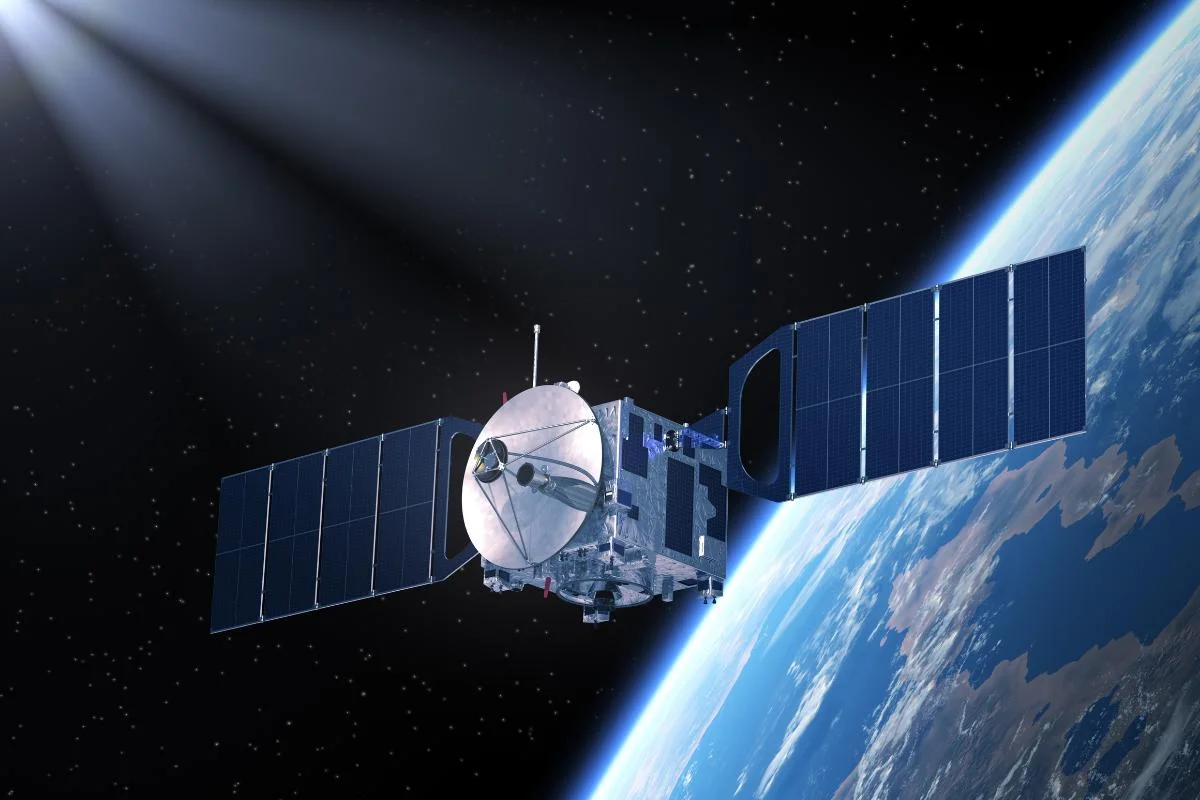
Any new technology that comes to the market is supposed to help mankind evolve into a better species. From a simple electric button to a satellite, everything is built for a purpose and ultimately helps improve the lifestyle of humans. Satellites haven't been a daily part of communication for retail consumers yet. This is because of several reasons that we won't dive into right now. But that's changing with satellite communication (Satcom) players such as Starlink and OneWeb investing hugely into building global constellations of LEO (low earth orbit) satellites to enable satellite broadband connectivity.
While Starlink has already started offering commercial services in many parts of the world, OneWeb is very close to doing so, with its last satellite launch scheduled for March 26, 2023. From the phrase "last satellite launch", I don't mean that OneWeb won't launch satellites further. But this would be the last launch before it can start offering commercial services.
Read More - OneWeb is Just a Step Away from Offering Commercial Services
One of the key markets for both Starlink and OneWeb would be India. OneWeb has already bagged the GMPCS (global mobile personal communications by satellite) license from the Department of Telecommunications (DoT). Permission from the Department of Space (DoS) is yet to come, but that wouldn't take long once the space policy is in place. But the big question would be whether satellite internet could really make an impact in the Indian market.
Well, certainly, it would make an impact, the more important question, I guess here, is whether it would be able to do what the companies and the government intends it to do, which is to eradicate the digital divide. Because honestly, the only major use of satellite broadband for consumers would be in rural areas or remote regions where network zones are absent. I am not focusing much on the B2B side of the satcom industry right now. Sure, it could help the telcos with backhaul and improve reach in rural India, but the focus has to be on the retail use of the technology.
Talking specifically about the satcom companies directly offering services to the people in rural India, I think is going to be hard. This is because of multiple reasons. One of them is the ultra-high cost of equipment as well as the monthly subscription fee. Even if the government were to provide subsidies, it wouldn't be possible for individual households to purchase connections of satellite broadband from companies such as Starlink and OneWeb.
While we don't know what the pricing of the subscription from OneWeb would look like, we can assume that it is not going to be cheap. Starlink's pricing is already known for several countries, and it is definitely not in the ballpark of Indian customers, who are very sensitive to the price of telecom services.















